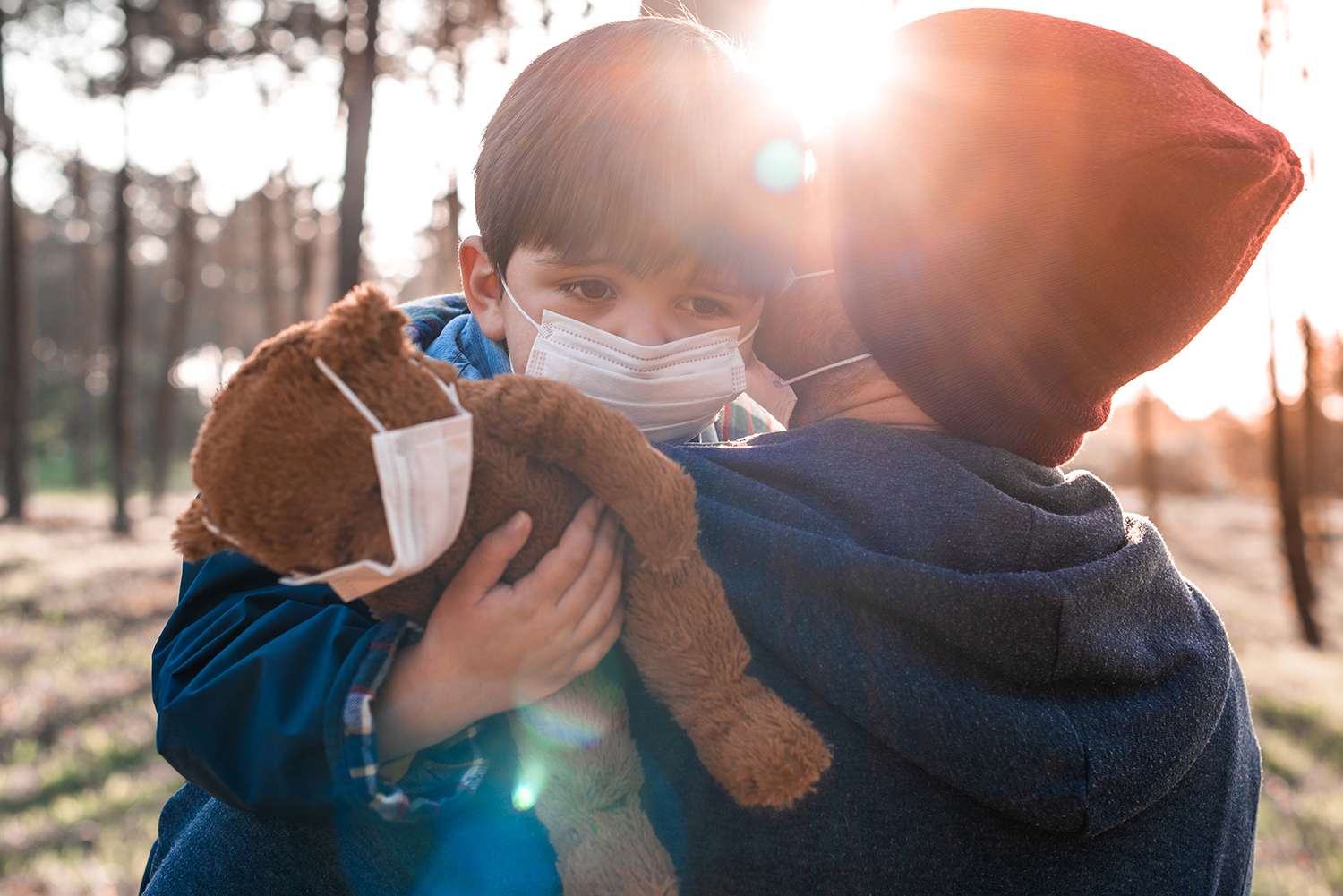
Three New York children have died from a mysterious blood illness related to the novel coronavirus.
Less than a week after health officials first put out a memo about the rare illness, which causes an inflammation of the blood vessels, Gov. Andrew Cuomo announced that it had claimed the lives of three children across the state.
Two of the deaths, a 5-year-old in New York City and a 7-year-old in Westchester County, were announced on Friday. The third fatality occurred in a teenager in Suffolk County.
“One of the few rays of good news was young people weren’t affected. We’re not so sure that that is the fact anymore,” Cuomo said in Saturday’s press briefing. “Toddler, elementary school children are presenting symptoms similar to Kawasaki disease disease or toxic-shock like syndrome.”
Kawasaki disease is a very rare, but treatable, condition that causes inflammation in blood vessels, and toxic shock syndrome is a life-threatening bacterial infection.
“These are children who come in, who don’t present the symptoms that we normally are familiar with,” he continued. “It’s not a respiratory illness, they’re not in respiratory distress. I think that’s one of the reasons why this may be only getting discovered this far into the process.”
Although the children may not have been exhibiting symptoms typically associated with the novel coronavirus when they first sought treatment, Cuomo said that the majority have either tested positive for COVID-19 or its antibodies.
As of Sunday, the New York State Department of Health is investigating 85 cases of the illness, which doctors are calling Pediatric Multi-System Inflammatory Syndrome Associated with COVID-19.
According to a state database, as of this weekend, total of 12 children between the ages of 0-19 have died from COVID-19 related illness to date.
In addition to continuing to investigate the illness, the state is now working with the Centers for Disease Control and Prevention to “develop a national criteria for the illness,” which can help other doctors in other states to recognize cases.
The state is also working with the NY Genome Center and Rockefeller University to conduct genome sampling, which could shed additional light on the illness.
Both during his press briefing and on Twitter, Cuomo cautioned parents to be on the lookout for a number of troubling symptoms, including a prolonged fever, severe abdominal pain, rash and vomiting.
"We now have a new issue that has come up in the fight against COVID-19 that is truly disturbing and it impacts our youngest New Yorkers," Cuomo said in a press release. “This is a frightening new development, but rest assured we are doing everything we can to learn more and keep parents informed.”
In addition to the 85 cases that are currently being investigated in the state of New York, several cases have also been reported in other states, including California, Louisiana and Mississippi, according to The New York Times. Doctors in the U.K., Spain and Italy had previously reported seeing several cases of the illness, which started appearing within the last month.
The New York City Health Department first issued a memo about the inflammatory syndrome last Monday. At the time, there had been 15 reported cases between children aged 2 to 15. The number grew to 73 by Friday, and increased to 85 by Sunday.
Health care providers are being asked to report all cases of the syndrome in patients under the age of 21 to the Department of Health.
As information about the coronavirus pandemic rapidly changes, PEOPLE is committed to providing the most recent data in our coverage. Some of the information in this story may have changed after publication. For the latest on COVID-19, readers are encouraged to use online resources from CDC, WHO, and local public health departments. PEOPLE has partnered with GoFundMe to raise money for the COVID-19 Relief Fund, a GoFundMe.org fundraiser to support everything from frontline responders to families in need, as well as organizations helping communities. For more information or to donate, click here.
Source: Read Full Article
